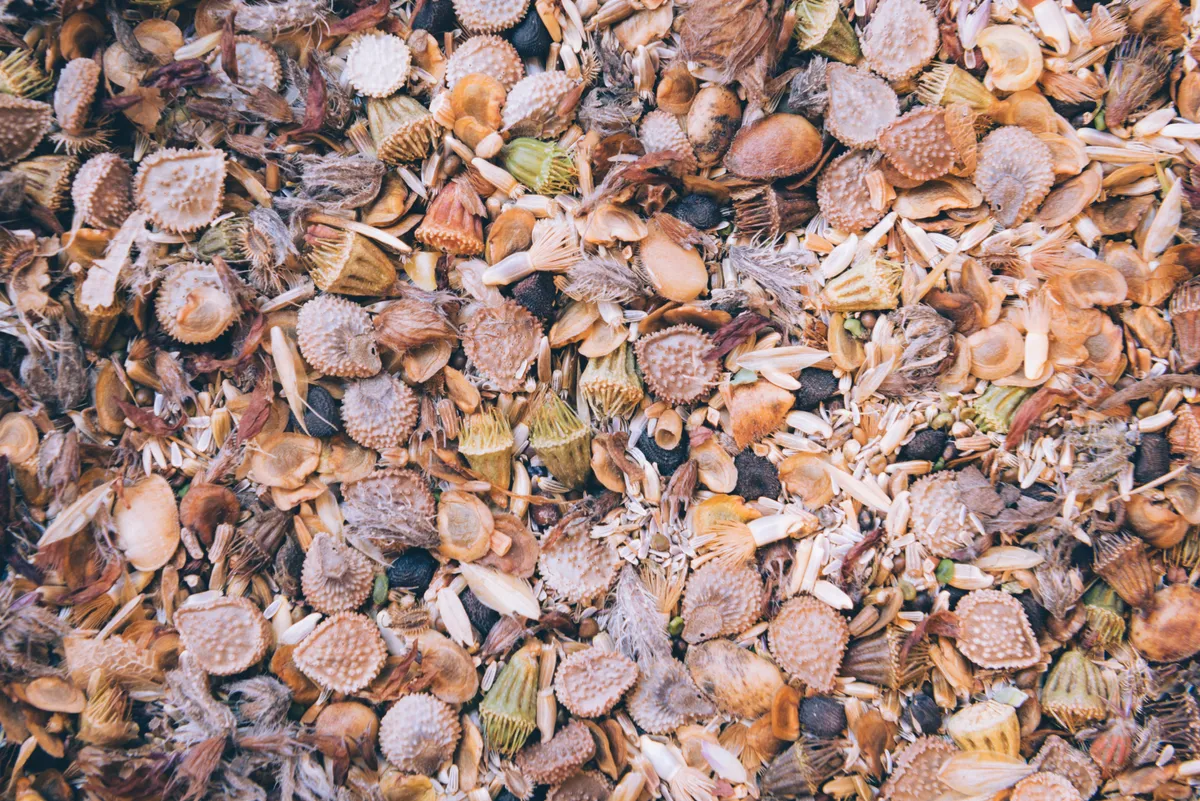Work is underway by the National Trust to create a vast species-rich grassland habitat along the North Devon Coast.
Yesterday the conservation charity announced its largest ever wildflower grassland project as part of its efforts to help save this threatened habitat and tackle the biodiversity and climate crises.
The project, set to be completed by 2030, will connect nature across 70 miles of the north Devon countryside, from the coast at Woolacombe to west Exmoor.

The first 86 hectares (213 acres) have already been sown with 1.3 tonnes of specially selected seed over the past few weeks, with the remainder to be planted over the next 8 years.
This new habitat will attract wildlife including voles, kestrels, bats and pollinators, helping the National Trust in its ambitions to create 25,000 hectares of priority habitat on its land by 2025.
Joshua Day, Project Co-ordinator at the National Trust in north Devon, believes this to be a vital and timely project: “Ninety-seven per cent of species rich grasslands – the equivalent to 4.5 million acres – have been lost nationally over the last 100 years with only one per cent remaining today.
“This has had a devastating impact on our native wildflowers with once common species such as eyebrights and Cowslips becoming ever rarer, and a disastrous impact on the species that are reliant on these flower rich habitats such as bumblebees and other pollinators.
“However, lowland grassland creation is a very effective and relatively quick way to improve habitats for wildlife and boost biodiversity."
Carefully chosen seeds
The first fields that have been sown (an area equivalent to 120 football pitches) will become 'donor' sites for the remainder of the project, providing wildflower seeds that have not only been selected for their benefits for wildlife, but also for their suitability to the ecology of the different sites.

Joshua explained, “We’ll leave the grasslands to really establish themselves for a couple of years and harvest the first seed in 2025. Every hectare we harvest from a donor site will provide us with seed to sow two more hectares. This gives us a sort of pyramid effect which means by 2030 we’ll have planted our project area importantly with seed from the local area.”
It is estimated that using donor sites in this way and phasing the project over the next eight years could save the National Trust over £3 million.
For their grassland project, The National Trust team is using 30 different types of wildflower seed including:
Yellow rattle - creates ideal conditions for other wildflowers to grow as it is a parasitic species, keeping grass down
Knapweed – good for bumblebees
Kidney vetch – good for blue butterflies
Birdsfoot trefoil – good for blue butterflies
Yarrow – good for pollinators in general
Oxeye daisy – good for invertebrates
